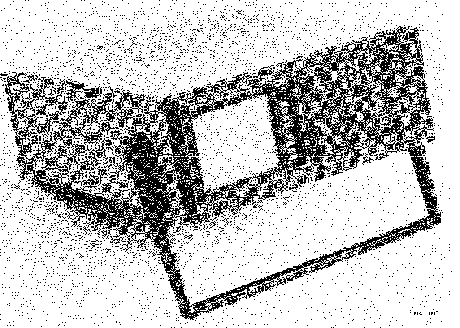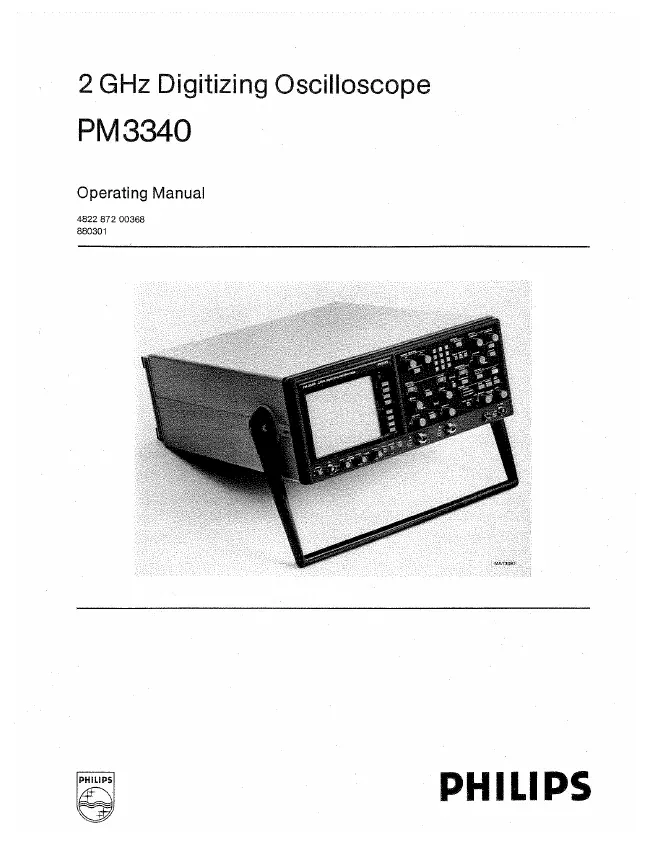Philips - PM3340 - Oscilloscope
Manufacturer:

Image 1 of 1
If you have any other photos or manuals for the
Philips PM3340
you can
upload the files here.
Equipment:
PM3340
Date:
1988
Category:
Group:
Sub Group:
Information
This compact dual channel digitizing storage oscilloscope
features sampling techniques that allow display of signals
with a frequency up to 2 GHz. The sampling .system can work
in normal and in high resolution eye pattern mode. The
instrument is extremely easy to use because of the AUTO-SET
pushbutton, that automatically adjusts the controls to suit
the input signal value.
The brightness is independent of the time base settings .
The M68000 microprocessor gives a wide choise of measurement
and display possibilities, which can be selected via the
ergonomic designed front panel,
Figure 2.1 2 GHz digizing oscilloscope.
The oscilloscope is provided with integrated circuits
(including thin- film circuits), which guarantee a highly
stable operation.
Furthermore, connection to the local mains is simplified by
a tapless switched-mode power supply that covers most
voltage ranges in use:
90 V. . .264 V a.c.
All these features make this oscilloscope suitable for a
wide range of high-frequency measuring applications such as
in telecommunication, component testing and development and
in fast computers.
1 Manual
User manual
Manual type:
User manual
Pages:
239
Size:
8.5 MB
Language:
english
Revision:
Manual-ID:
4822 872 00368
Date:
March 1988
Quality:
Scanned document, all readable.
Upload date:
May 18, 2015
MD5:
a0ab8cbe-7bdb-8afc-62a1-20abd68edfb8
Downloads:
652
